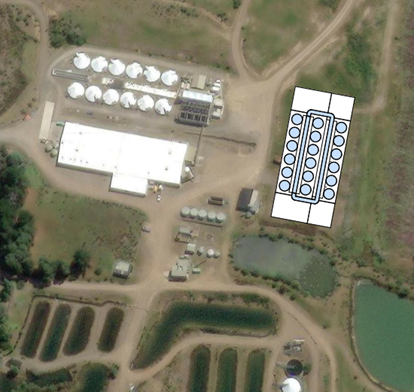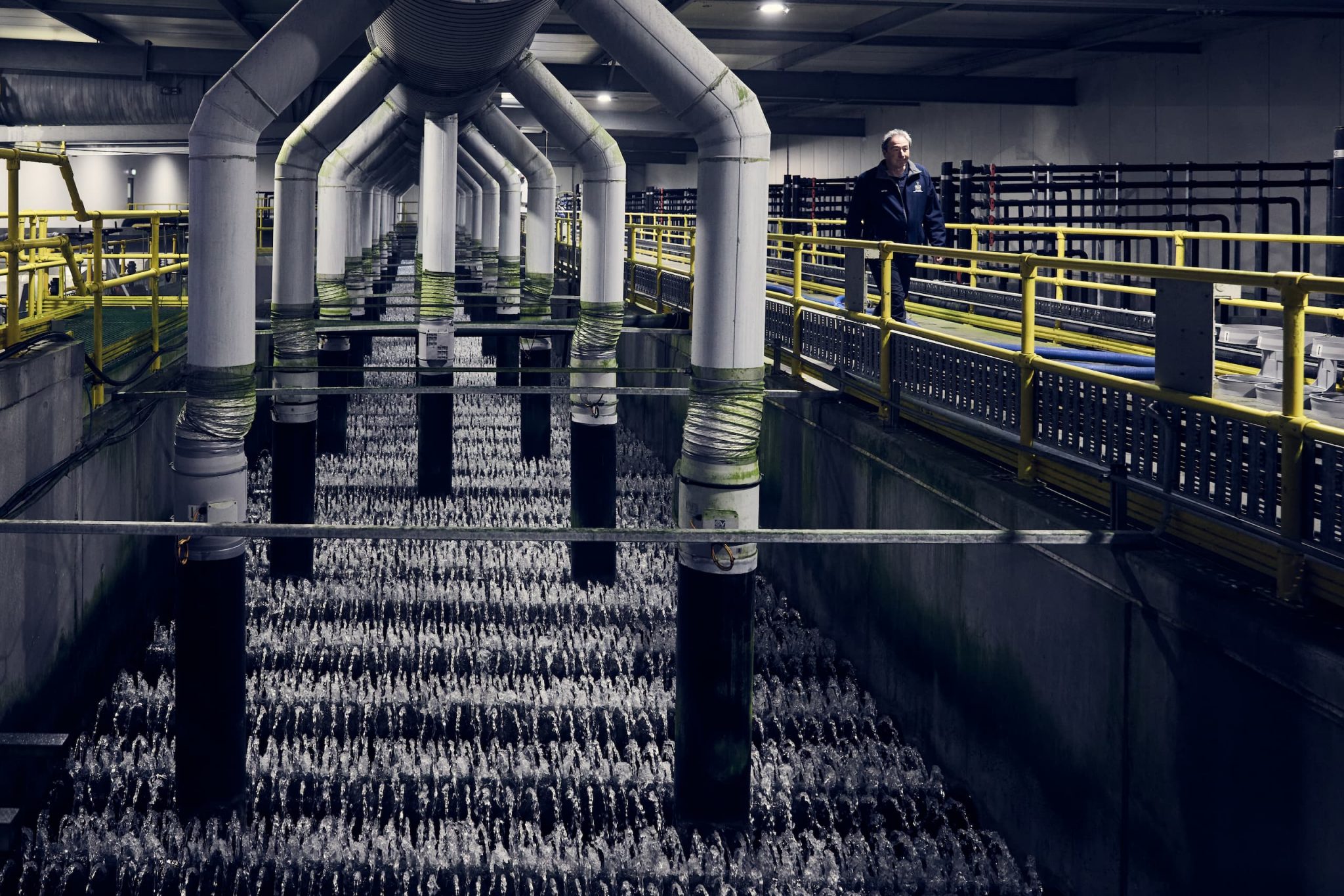Huon is investing $20 million in regional Tasmania to build a new Recirculating Aquaculture System (RAS) Broodstock facility at our Lonnavale Hatchery site.
The Lonnavale Broodstock RAS project strengthens Huon’s commitment to grow fish longer on land, which means fish that go to sea will be larger and spend less time in the marine environment. The investment will enhance year-round egg production to stock our land-based growing facilities.
Transitioning from the existing hatchery to the new RAS facility will allow at least 90% of water to be recycled and all wastewater to be treated onsite before being used for irrigation of nearby farmland.
This project highlights Huon’s continuous innovation, pioneering industry-leading technology and practices, cementing us as a global leader in aquaculture.
The project will generate around 20 local jobs during construction and 4 new permanent jobs at Huon once the facility is operational.
Huon plans to start building the new facility in late 2025 (pending approvals) and aims to be fully operational by early 2026.
We expect to transition existing broodstock to the new RAS facility to support stronger biosecurity outcomes and year-round egg production, noting this shift will take time. The existing flow-through facility will remain operational, ensuring support for wildlife habitats that are reliant on the freshwater output.
Huon acknowledges previously announced plans to build a rendering facility at the Lonnavale site and a process is underway to determine a more suitable location for this facility. We remain fully committed to further expanding the company’s management of organic waste and recycling salmon processing waste to produce high-grade value-added products.
Will there be additional traffic movements around the site?
There is an expected increase in traffic during construction, and once operational it’s expected to be around 1 truck movement per week, and some traffic movement related to staff and light maintenance vehicles.
Will I be able to see the new Broodstock RAS facility?
Very little visual impact is expected as the facility is housed in a shed similar to Huon’s existing Lonnavale facility.
Will I be able to hear the new facility?
There will be noise during construction, however, this will be limited to daytime hours during weekdays. Once operational noise levels will be relatively low. A noise impact assessment will be required as part of the approval process.
Will there be external lights visible at the new facility?
Huon will also consider lighting during the design process to ensure neighbours and wildlife aren’t impacted. Only a small amount of additional lighting is expected to be required and therefore visual impacts from lighting is considered negligible.
Will vegetation on the site be affected?
There will be no impact to native vegetation on the proposed site as the entire development will be located on already disturbed areas (adjacent to the existing facility) and agricultural land. Huon has also undertaken extensive tree-planting activities on site to reduce visual impact.
How will Huon manage environmental impact?
Any potential environmental impacts will be considered as part of the approval process prior to the project being granted the appropriate approvals. Assessments will include, noise, light, traffic, natural values, waste (effluent and sludges). A set of project guidelines will be issued by EPA Tasmania which will detail the required assessments to quality the potential environmental impacts and will drive required mitigation measures to minimise any environmental impact from the project.
What will happen with the current Lonnavale Hatchery?
We expect to transition existing broodstock to the new RAS facility to support stronger biosecurity outcomes and year-round egg production, noting this shift will take time. The existing flow-through facility will remain operational, ensuring support for wildlife habitats that are reliant on the freshwater output.
Will Huon still build a rendering facility on the Lonnavale site as previously announced?
Huon remains committed to building a new rendering facility which will recycle salmon processing waste to produce products including high quality fish meal and salmon oil for both human and animal consumption. An alternate location is being sought for this facility as the Lonnavale site is more suited to a RAS facility in line with existing usage of the site.
If you have any further questions or feedback, please email our Community Team: community@huonaqua.com.au


